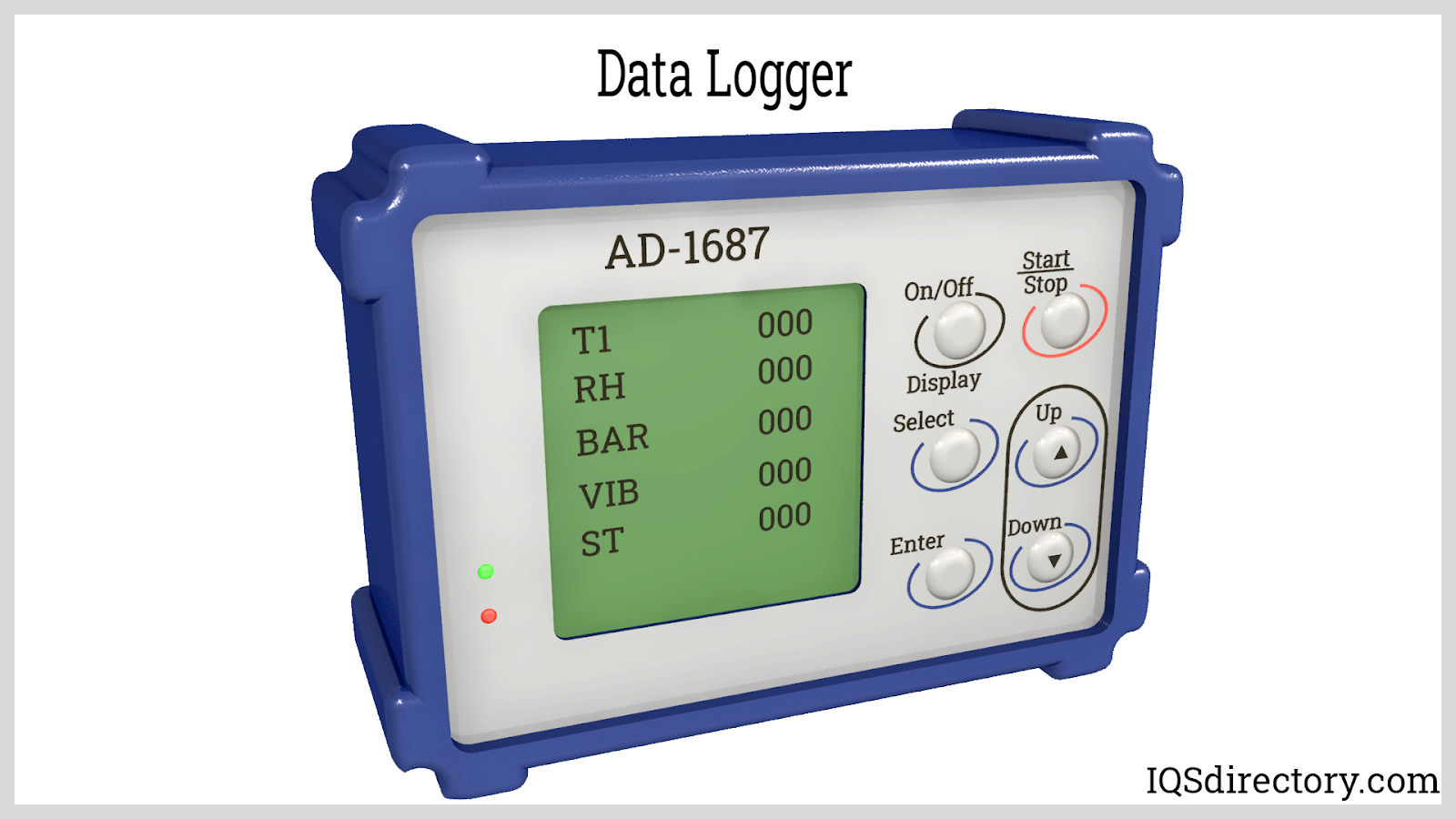Unlocking Insights: The Power of Data Acquisition Systems
Unlocking Insights: The Power of Data Acquisition Systems
Blog Article

In today's data-driven world, the importance of harnessing and interpreting vast amounts of information cannot be overstated. Organizations across various sectors are increasingly turning to Data Acquisition Systems to streamline their processes and make informed decisions. These systems play a crucial role in capturing, measuring, and analyzing data from diverse sources, transforming raw information into valuable insights.
By integrating various sensors, instruments, and data loggers, a Data Acquisition System enables real-time monitoring and management of critical parameters. This capability not only enhances operational efficiency but also supports innovation and strategic planning. As industries continue to evolve, understanding the power of these systems becomes essential for any organization aiming to stay competitive and responsive to market demands.
Understanding Data Acquisition Systems
A Data Acquisition System is a set of components used to collect and measure physical phenomena such as temperature, voltage, current, and pressure. These systems are essential in various fields including engineering, research, and environmental monitoring, enabling users to gather crucial data for analysis and decision-making. By converting real-world signals into a format that can be processed and recorded, data acquisition systems serve as a bridge between the physical world and digital analysis.
The architecture of a Data Acquisition System typically consists of sensors, a data acquisition device, and software for processing and visualization. Sensors are responsible for capturing the physical signals, while the data acquisition device samples these signals and converts them into digital data. This data is then transmitted to software applications that facilitate further analysis, storing, and interpreting the information. The integration of these components allows for comprehensive monitoring and insight into various processes and environments.
Data acquisition systems can vary widely in complexity and scale. Simple systems may monitor a single variable in a controlled experiment, while more sophisticated setups can handle multiple channels of data from diverse sources in real-time. The flexibility and versatility of data acquisition systems make them indispensable tools across industries, enhancing the ability to collect data efficiently and accurately for a wide array of applications.
Key Benefits of Data Acquisition
Data acquisition systems provide organizations with the ability to collect and analyze data in real time, significantly enhancing decision-making processes. By gathering data from various sources such as sensors and instruments, these systems enable businesses to monitor performance continuously. This real-time insight helps identify trends and anomalies, allowing for timely interventions that can improve operational efficiency and reduce costs.
Another key benefit of data acquisition systems is their ability to facilitate improved accuracy and reliability in data collection. With automated processes, human error is minimized, leading to more precise data that can be relied upon for critical analysis and reporting. Furthermore, the integration capabilities of modern data acquisition systems allow for seamless data transfer between devices and software, ensuring consistency and integrity across various datasets.
Lastly, data acquisition systems enhance the capability for predictive analysis and proactive maintenance. By analyzing historical data, organizations can identify patterns and predict future outcomes, enabling them to make informed strategic decisions. This predictive capability helps in anticipating potential issues before they arise, ultimately leading to improved reliability, safety, and performance across different operational domains.
https://sciotex.com/exploring-daq-systems-and-data-acquisition-systems-and-their-applications/
Future Trends in Data Acquisition
As technology continues to evolve, the future of Data Acquisition Systems is poised for significant advancements. One key trend is the integration of artificial intelligence and machine learning, which enables systems to process vast amounts of data in real-time. This will not only enhance the accuracy of data collection but also automate decision-making processes, leading to faster responses and improved efficiency across various industries.
Additionally, the rise of the Internet of Things (IoT) is transforming how data is captured and utilized. With more devices connected to the internet, Data Acquisition Systems will increasingly rely on sensor networks to gather data from numerous sources. This interconnectedness will provide businesses with more comprehensive insights, enabling them to make informed decisions based on updated and real-time information.
Moreover, the focus on data security and privacy is becoming paramount. As data acquisition becomes more pervasive, the need to implement robust security measures to protect sensitive information will increase. Future Data Acquisition Systems will prioritize encryption, user authentication, and compliance with regulations, ensuring that data integrity and privacy are maintained while harnessing the full potential of data-driven strategies.
Report this page